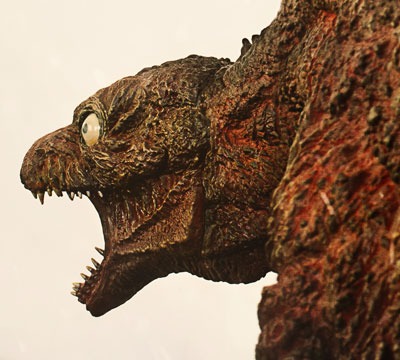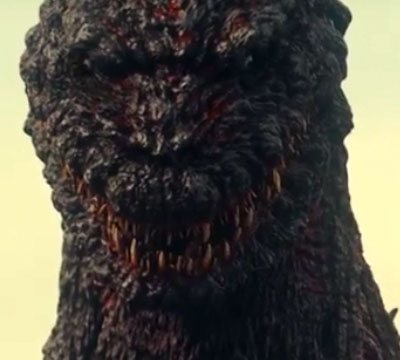3.11.17
Today is the sixth anniversary of the March 11, 2011, Great East Japan earthquake, tsunami, and the Fukushima Daiichi Nuclear power plant disaster. It is the one day of my life in Japan that I will never forgot. My birthday was three days ago as it was on 3/11. And every birthday since the terrible events of that day are always not far from thoughts. Every morning I check the news and I came across the Guardian article “Dying robots and failing hope: Fukushima clean-up falters six years after tsunami” written by Justin McCurry. Every year the news out of Japan is a reminder that the recovery of Fukushima is decades away and remember the lives lost and the lives changed forever.

The resurgence of Godzilla five years after the great earthquake is not insignificant. I believe that there would be no Shin Godzilla without 3/11. The former cannot be fully understood without the later. Both shed light on each other. To illustrate their intimate connection I’ve paired excerpts from the recent Guardian article detailing the current situation in Fukushima with several scenes from the film. Let one inform the other.

“The tsunami killed almost 19,000 people, most of them in areas north of Fukushima, and forced 160,000 people living near the plant to flee their homes. Six years on, only a small number have returned to areas deemed safe by the authorities.”
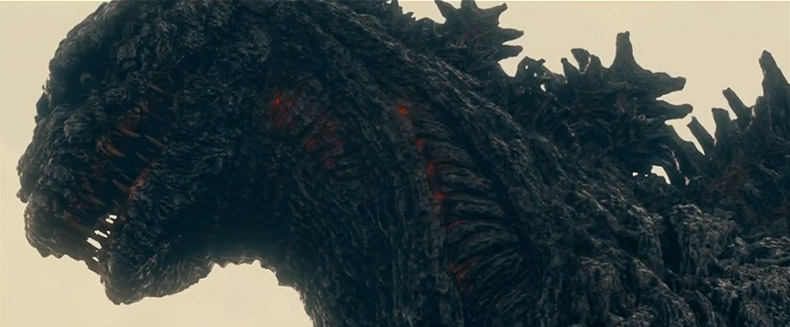
“Developing robots capable of penetrating the most dangerous parts of Fukushima Daiichi’s reactors – and spending enough time there to obtain crucial data – is proving a near-impossible challenge for Tepco.”
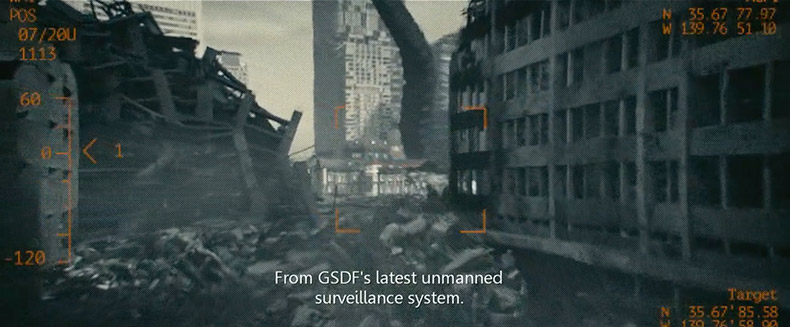
“The device, along with other robots, may also have been damaged by an unseen enemy: radiation. Before it was abandoned, its dosimeter indicated that radiation levels inside the No 2 containment vessel were at 250 sieverts an hour. In an earlier probe using a remote-controlled camera, radiation at about the same spot was as high as 650 sieverts an hour – enough to kill a human within a minute.”

“With a remote-controlled snip of its cable, the latest robot sent into the bowels of one of Fukushima Daiichi’s damaged reactors was cut loose, its progress stalled by lumps of fuel that overheated when the nuclear plant suffered a triple meltdown six years ago this week.”

“The Scorpion – so called because of its camera-mounted folding tail – “died” after stalling along a rail beneath the reactor pressure vessel, its path blocked by lumps of fuel and other debris.”
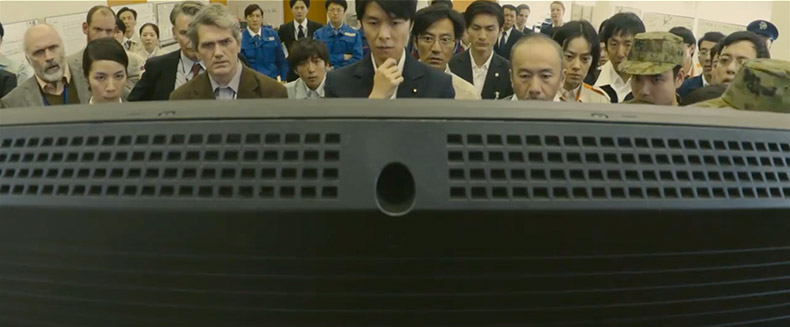
“Barely a fifth of the way into their mission, the engineers monitoring the Scorpion’s progress conceded defeat. . . As the 60cm-long Toshiba robot, equipped with a pair of cameras and sensors to gauge radiation levels was left to its fate last month, the plant’s operator, Tokyo Electric Power (Tepco), attempted to play down the failure of yet another reconnaissance mission to determine the exact location and condition of the melted fuel… Shunji Uchida, the Fukushima Daiichi plant manager, concedes that Tepco acquired “limited” knowledge about the state of the melted fuel. “So far we’ve only managed to take a peek, as the last experiment with the robot didn’t go well,” he tells the Guardian and other media on a recent visit to the plant. “But we’re not thinking of another approach at this moment.”
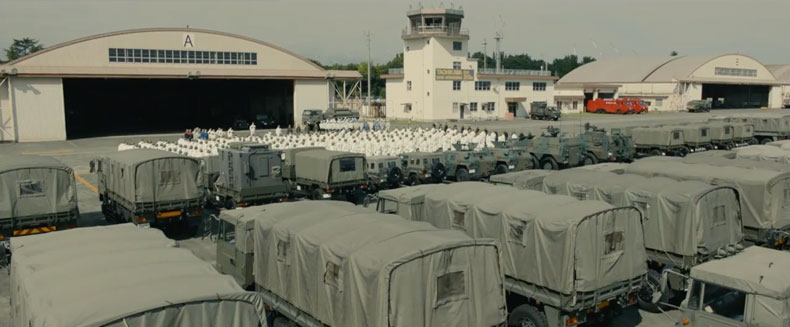
“Workers who once had to change into protective gear before they approached Fukushima Daiichi now wear light clothing and simple surgical masks in most areas of the plant. The 6,000 workers, including thousands of contract staff, can now eat hot meals and take breaks at a “rest house” that opened in 2015. But further up the hill from the coastline, row upon row of steel tanks are a reminder of the decommissioning effort’s other great nemesis: contaminated water. The tanks now hold about 900,000 tons of water, with the quantity soon expected to reach 1m tons.”
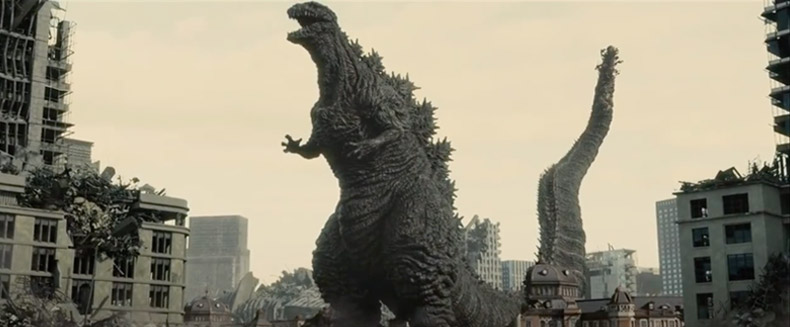
“Tepco’s once-vaunted underground ice wall, built at a cost of 24.5bn yen, has so far failed to completely prevent groundwater from leaking into the reactor basements and mixing with radioactive coolant water… [Prime Minister] Abe said Fukushima was under control when he went overseas to promote the Tokyo Olympics, but he never said anything like that in Japan,’ says… Mitsuhiko Tanaka, a former Babcock-Hitachi nuclear engineer, accuses Abe and other government officials of playing down the severity of the decommissioning challenge in an attempt to win public support for the restart of nuclear reactors across the country… ‘Anyone here could see that the situation was not under control.'”

In a recently published “Shin·Godzilla Confidential Research Reading Book” (シン・ゴジラ機密研究読本), there is small aside entitled “Reproduction/Reappearance of Fukushima Daiichi Nuclear Power Plant” (福島第一原発の再現, p. 43) that makes clear the place and importance of 3/11 to the film:「随所で東日本大震災と福島第一原発事故を彷彿とさせる描写がある。ゴジラがフィクションだと言うい切れないことを日本人は知っている。」 translated, “There are depictions reminiscent of the East Japan Great Earthquake and Fukushima Daiichi nuclear accident everywhere. The Japanese know that Godzilla cannot be said to be fiction.” 3/11 is an indelible mark on Shin Godzilla as it is on Japan and on me. And it was on March 11, 2011, that I truly understood the meaning of Godzilla. Unlike the film, in real life the unmanned robots and the ice wall are failing. In movie time, Godzilla was defeated in two hours. But In real life, “Cleaning up the Fukushima Daiichi nuclear plant is expected to take 30 to 40 years.” Japan will live with the new “Godzilla” for many years to come. But together they will face their monster. In reality, Shin Godzilla’s subtitle, “Japan vs Godzilla,” would be better understood as “Japan vs 3/11.”
Remembering the victims, their families, the displaced, and the workers at Fukushima.
